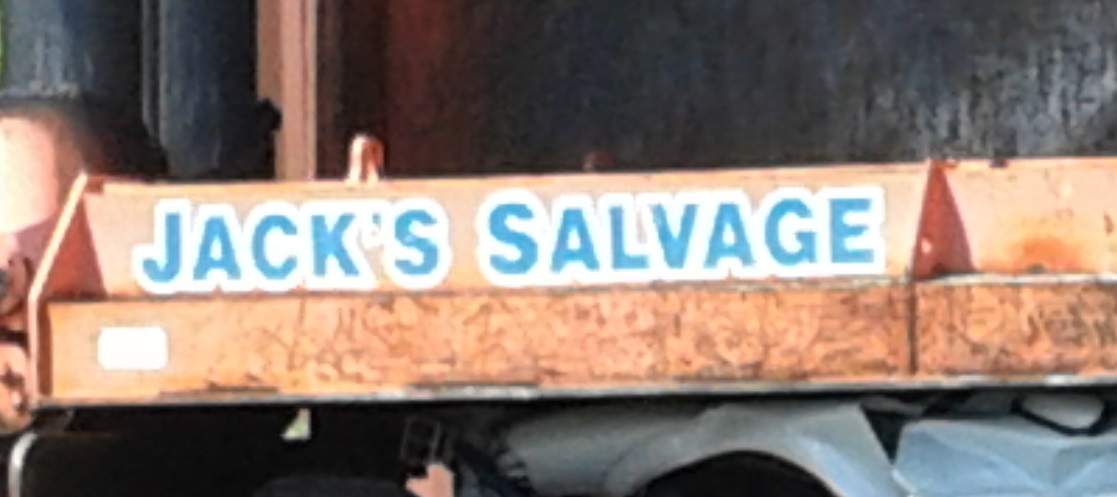When I was little, my dad used to take me to the “junkyard” to find parts for the 1967 Thunderbird he was restoring. I remember kicking up dust as we strolled through the yard looking inside every car for just the right door handle, lock knob, or another distinctive piece to satisfy his quest. I never gave much thought to the hundreds of cars sitting on the lot, why they were there or what their story was. I didn’t see the rust, broken windows, missing parts, crushed fenders, or torn interiors. I guess all I knew was that I had a job to do with dad and together we’d get it done. And we did! It didn’t take long for us to find the handle he was searching for. We’d leave and the cars would stay. Or so I thought…
Decades later, I find myself on the same salvage yard. This time, I’m with my Advanced Remarketing Services (ARS) co-workers as we tour the facility with Jack, the owner, and his son Brian. We’re here to find out how salvage cars are handled…what happens after a person donates a car that has no life left in it and to get an “insiders” view of how the business works.
Jack’s father opened the business in the 1950’s and he’s been a part of it ever since. Today he employs about a dozen people from front desk to dismantlers and crushers. Everyone on his team is dedicated to keeping the family business alive and performing well especially Joe Carreiro, an 86-year old employee who started with the company when Jack’s father first opened the business. Joe sets the bar high for the others by showing up to work early, doing his job without complaints, and staying until the job is finished. He is respected by all who know him and Jack is very happy to have such a long-standing relationship with him.
During our visit, Jack proves to us he knows everything there is to know about the cars on his lot, and what the future holds for each. He shows us the detailed process of auto intake, dismantling, fluid draining, and transport to the “salvage showroom” where customers can search for just the right part, or transport to the crusher staging area where the car will be prepared for recycling.
“It’s surprising to learn how much value even a seemingly valueless car can provide,” said Kathryn McManus, ARS employee. Drained fluids like gasoline are quadruple filtered and used for Jack’s tow trucks and flatbeds; oils and other fluids are used as fuel to heat the building during the winter. Tires and batteries are removed and separated for resale, and tires unsuitable for resale are sent to the recycler where they will be shredded and used as rubber matting.
There are a number of environmental safety standards Jack strictly abides by when breaking down a salvage vehicle. He knows how important those standards are to protecting the environment and keeping his employees safe. All it takes is one oversight or error to make a significant negative impact on our land and water. Jack believes in operating responsibly and being a community business.
After the garage tour, Jack and Brian usher us through the salvage yard past cars, buses, and motorcycles, random fenders, hoods and trunks left behind from what once was a total car. As I walk through the yard kicking up dust like I did so many years ago with my dad, I now do it with a grown-up perspective, clearly recognizing the potential each abandoned car has.
This time, I’m very aware of the rust, broken windows, missing parts, crushed fenders, and torn interiors. I believe if I listen closely enough I can hear their stories of where these vehicles have been and what got them here. I realize it is a perspective…how you choose to see things. Something can be “junk”, or it can be seen as ready to serve a new purpose. As we witness the crushing of an older car, I know that there is no junk here at the salvage yard…everything here has a new purpose ahead of it and we’re witnessing the beginning of that future.
